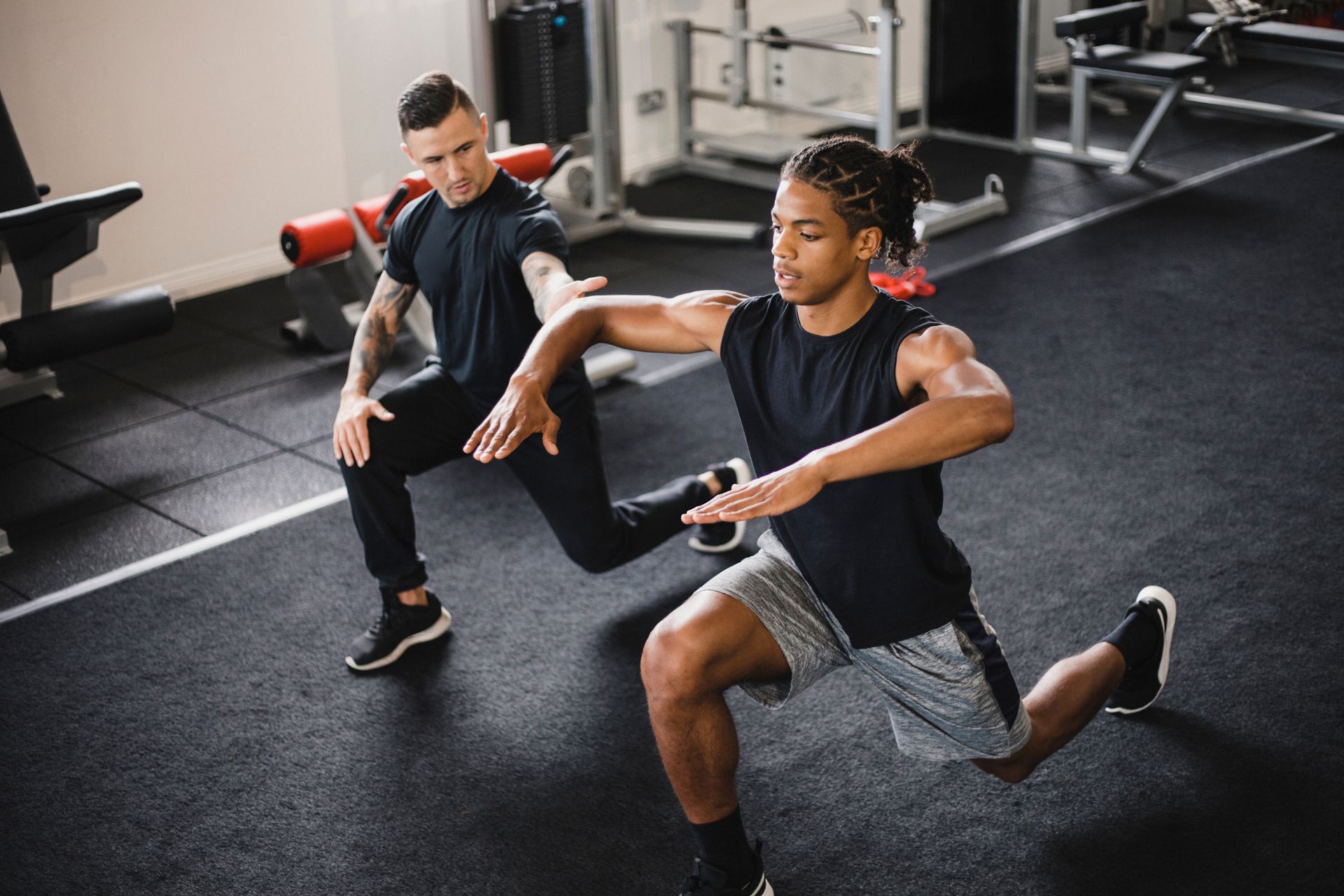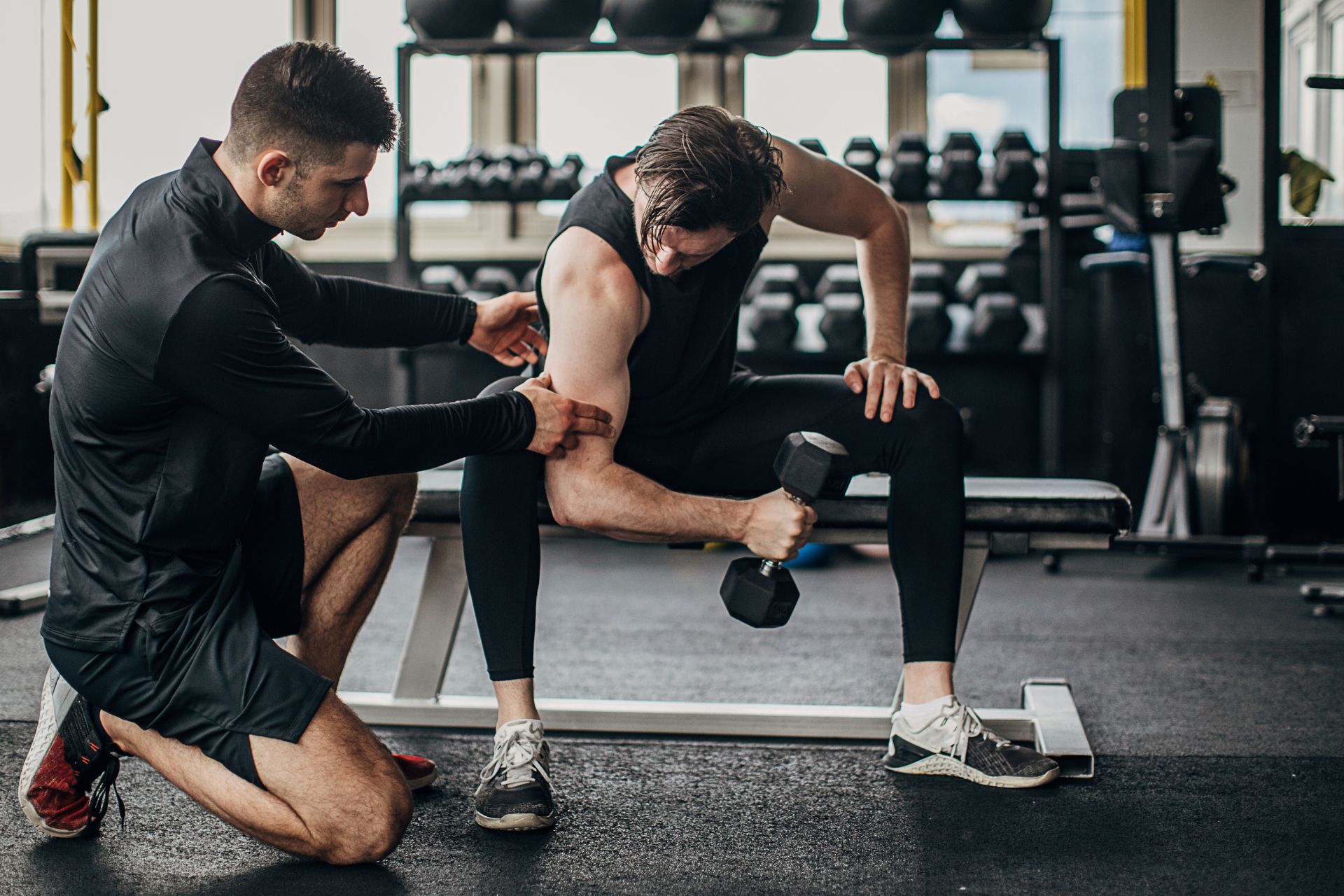Frequently Asked Questions
Dynamic stretching offers several benefits over static stretching when performed before a workout. It enhances athletic performance by increasing blood flow, elevating heart rate, and improving muscle temperature, which collectively prepare the body for physical activity. Dynamic stretches, such as leg swings, arm circles, and walking lunges, activate the neuromuscular system, enhancing coordination, balance, and proprioception. This type of stretching also improves range of motion and flexibility in a functional manner, which is crucial for sports-specific movements. Additionally, dynamic stretching reduces the risk of injury by promoting joint stability and muscle elasticity, allowing for smoother transitions during high-intensity exercises. Unlike static stretching, which can temporarily decrease muscle strength and power, dynamic stretching primes the muscles for explosive movements, making it an ideal component of a pre-exercise warm-up routine.
Dynamic stretching enhances joint mobility and flexibility by actively engaging muscles and joints through controlled, full-range movements, which increases synovial fluid production and improves neuromuscular efficiency. This type of stretching involves sport-specific movements that mimic the activity about to be performed, thereby increasing blood flow, elevating muscle temperature, and reducing muscle stiffness. By incorporating dynamic stretches such as leg swings, arm circles, and walking lunges, personal training sessions can effectively prepare the body for physical exertion, enhance proprioception, and reduce the risk of injury. The repetitive motion of dynamic stretching also promotes the elongation of muscle fibers and connective tissues, leading to improved flexibility and greater range of motion in the joints.
Some specific dynamic stretching exercises recommended for warming up before strength training include leg swings, arm circles, and walking lunges. Leg swings, both front-to-back and side-to-side, help increase hip mobility and prepare the lower body for squats and deadlifts. Arm circles, performed in both small and large motions, enhance shoulder flexibility and are beneficial before engaging in upper body exercises like bench presses or overhead presses. Walking lunges, which incorporate a forward step and a deep knee bend, activate the quadriceps, hamstrings, and glutes, promoting blood flow and joint lubrication. High knees and butt kicks are also effective, as they elevate heart rate and improve cardiovascular readiness while targeting the hip flexors and hamstrings. Additionally, torso twists and hip circles can enhance core stability and rotational flexibility, crucial for exercises involving compound movements. These dynamic stretches collectively enhance muscle elasticity, reduce injury risk, and optimize performance during strength training sessions.
A dynamic stretching routine should typically last between 5 to 10 minutes to effectively prepare the body for a workout, ensuring optimal muscle activation, increased blood flow, and enhanced joint mobility. This duration allows for a comprehensive warm-up that targets major muscle groups, promoting flexibility and reducing the risk of injury. Incorporating exercises such as leg swings, arm circles, high knees, and walking lunges can elevate heart rate and improve neuromuscular coordination. By engaging in dynamic stretches, individuals can enhance their range of motion and prepare the nervous system for the demands of physical activity, ultimately leading to improved performance and reduced muscle stiffness.
Dynamic stretching can significantly reduce the risk of injury during high-intensity interval training (HIIT) by enhancing flexibility, increasing blood flow, and improving neuromuscular coordination. By incorporating movements such as leg swings, arm circles, and torso twists, dynamic stretching prepares the muscles, tendons, and ligaments for the explosive and repetitive actions characteristic of HIIT workouts. This type of stretching elevates heart rate and body temperature, optimizing muscle elasticity and joint range of motion, which are crucial for preventing strains, sprains, and other musculoskeletal injuries. Additionally, dynamic stretching activates the central nervous system, promoting better balance, agility, and proprioception, which are essential for executing complex HIIT exercises safely and effectively. By integrating dynamic stretching into a pre-workout routine, individuals can enhance performance and minimize the likelihood of acute injuries, ensuring a safer and more efficient training session.

